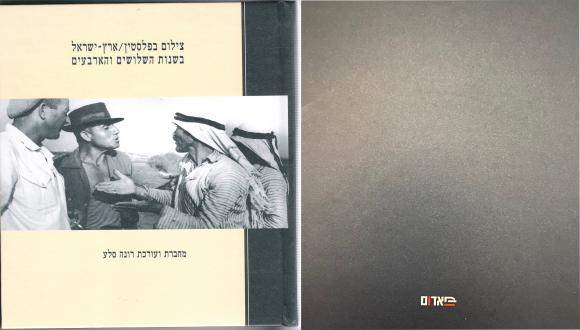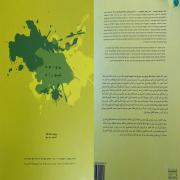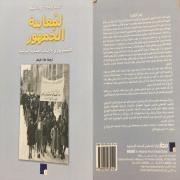צילום בפלסטין/ארץ-ישראל בשנות השלושים והארבעים
רונה סלע, צילום בפלסטין/ארץ-ישראל בשנות השלושים והארבעים, הוצאת הקיבוץ המאוחד ומוזיאון הרצליה לאמנות, 2000 (עברית)
הספר הראשון שאפיין ומיפה קווים מרכזיים בפעילות הצילומית היהודית (המוסדית והעצמאית) והפלסטינית בארץ-ישראל/פלסטין בשנות השלושים והארבעים של המאה העשרים. בשנים אלו התבססה והתפתחה העשייה היהודית בשדה זה, בשל ההגירה הגדולה מגרמניה מחד, ובשל ההסלמה בסכסוך היהודי-פלסטיני מאידך. באותן שנים החל הממסד היהודי להבין את הפוטנציאל הגלום במדיום הצילום, ולנוכח הצורך הלאומי הגובר בחומר תדמיתי, החל לעשות בו שימוש נרחב לשם שיווק המטרות הלאומיות. כחלק מכך, ובהשפעת הצילום הקולוניאלי המערבי של המאה ה-19 בארץ הקודש, הם מיסדו שפת צילום קולוניאלית. לצילום נודע, למשל, תפקיד מרכזי בבניית דימוי "היהודי החדש" בארץ החדשה ובאופן בו יוצגה האוכלוסייה הפלסטינית. לממסד היהודי היה תפקיד משמעותי בכינון סמלים שילוו את האתוס הציוני עוד שנים רבות לאחר מכן ושישפיעו על הייצוג של הדימוי של הסכסוך הישראלי-פלסטיני לאורך הדורות הבאים. הספר הוא גם הראשון העוסק בתולדות הצילום הפלסטיני מסוף המאה ה-19 ועד אמצע שנות העשרים וכן חושף לראשונה אוצרות תרבות צילומיים וארכיונים פלסטיניים שנלקחו שלל או נבזזו בידי כוחות מאורגנים יהודיים/ישראליים או בידי יחידים כחלק מהמנגנון הקולוניאלי הציוני הקדם מדינתי והמדינתי.
לפרטים: http://www.ronasela.com/he/details.asp?listid=39
ניתן לפנות למחברת לקבלת קבצי פידיאף של הספר: ronasela@gmail.com
Rona Sela, Photography in Palestine in 1930s&1940s, Hakibutz Hameuchad Publishing House and Herzliya Museum, 2000 (Hebrew)
The first book that characterizes and charts the major lines in Jewish (institutional and independent) and Palestinian photographic activity in Palestine during the 1930s and 1940s. During these years Jewish practice in this field took root and developed due to the large wave of immigration from Germany (which arrived in the country in the wake of the Nazi party's rise to power) on one hand, and the escalation of the Jewish - Palestinian conflict on the other. During those years the Jewish establishment began to realize the potential embodied in the medium of photography, and in view of the growing national need for image-building material, started employing it extensively to promote the national goals. One aspect was, the establishment of a colonial language (that was influenced from the Western colonial photography in the Holy-Land in the 19th century), that served the Zionist enterprise. Jewish Photography had a key role in constructing, for example, the image of the “New Jew” in the new land, or how the Palestinians were presented. The Jewish establishment incorporated symbols that would accompany the Zionist ethos for many years to come and which would affect the representation of the Israeli-Palestinian conflict for many years. The book is also the first that deals extensively with the history of Palestinian photograph from late 19th century to mid- 20th century. It exposes, for the first time, cultural and photographic Palestinian treasures and archives that were looted or seized by organized Jewish/Israeli forces or by individuals - soldiers and civilians, as part of the pre-state and state colonial mechanism.
The essay (in English) about Palestinian photography: https://cdn-cms.f-static.com/uploads/2433480/normal_5d4dc16a64591.pdf
For PDF files of the book's chapters, please contact the author at: ronasela@gmail.com






